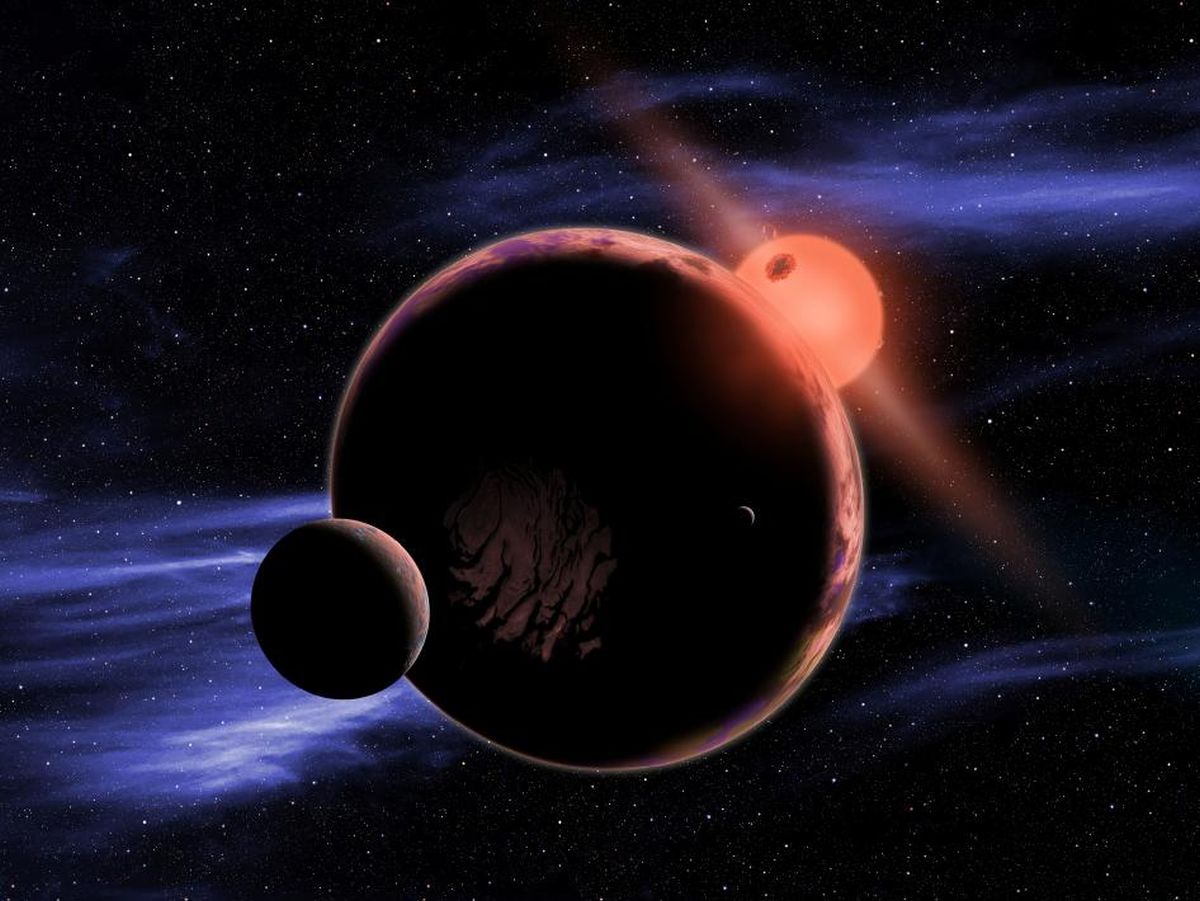Despite significant advancements in exoplanet science over the past few decades, the quest for identifying habitable exoplanets remains a challenge. Scientists can only speculate about the potential habitability of exoplanets, even those in close proximity, given the vast distances involved.
Nevertheless, researchers persist in their efforts to unravel this cosmic puzzle.
A pivotal inquiry in exoplanet science revolves around red dwarfs, which are abundant stars known to harbor numerous planets. While gas giants like Jupiter are uncommon around red dwarfs, super-Earths are prevalent in their habitable zones, with approximately 40% of red dwarfs hosting such planets.
Red dwarfs possess favorable characteristics for exoplanet habitability, notably their extended lifespans, ensuring a stable energy output conducive to the evolution of complex life. This stability provides organisms with the opportunity to adapt to environmental changes and thrive in their habitats.
However, red dwarfs exhibit a downside in the form of intense flaring, surpassing even our Sun in magnitude. These stars can undergo dramatic flaring events, doubling their brightness rapidly. This raises the question: Can life survive on planets orbiting red dwarfs?
Recent research conducted by scientists from Portugal and Germany delves into this query. By subjecting a common mold, Aspergillus niger, to simulated red dwarf radiation under a simulated Martian atmosphere, the researchers aim to assess the potential habitability of red dwarf exoplanets.
Aspergillus niger, known for its melanin production and extremotolerance, serves as a model organism in this study. Melanin, a pigment that efficiently absorbs light, is crucial for shielding organisms from harmful radiation, such as UV rays. The research explores whether Aspergillus niger’s melanin can aid its survival amidst the intense radiation emitted by red dwarfs.
Focusing on red dwarfs like Proxima Centauri and TRAPPIST-1, which host rocky exoplanets within their habitable zones, the study investigates the survivability of Aspergillus niger spores under extreme radiation conditions. Results indicate that these spores could endure the intense radiation on red dwarf exoplanets if shielded by a few millimeters of soil or water.
The research underscores the significance of melanin in enhancing the survival rate of Aspergillus niger under harsh radiation exposure. Melanin-rich solutions proved beneficial in protecting the spores, demonstrating their potential resilience to the challenging conditions prevalent on red dwarf exoplanets.
Ultimately, this study sheds light on the adaptability of extremotolerant organisms like Aspergillus niger to extreme environments, offering insights into the potential habitability of exoplanets orbiting red dwarfs. The findings not only expand our understanding of life’s resilience in hostile conditions but also hint at the role melanin may have played in the origin and evolution of life on Earth and beyond.
